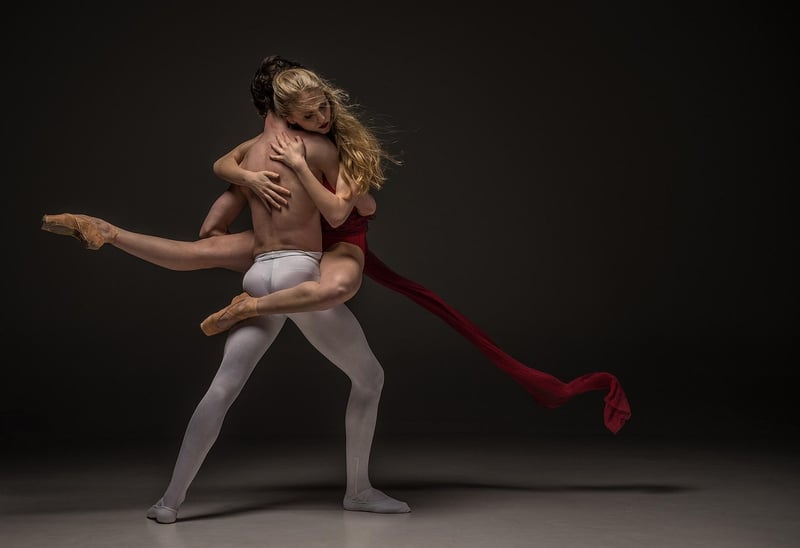Hip Hop
The Power of Expressive Movement in Hip Hop Culture

When it comes to Hip Hop culture, expressive movement is not just a form of dance but a way of life. From the streets to the stage, Hip Hop dance embodies the raw energy, creativity, and authenticity that define this vibrant art form.
The Roots of Hip Hop Dance
Hip Hop dance has its roots in the Bronx, New York City, where it emerged as a form of self-expression for marginalized communities in the 1970s. Influenced by a mix of African, Caribbean, and Latin dance styles, Hip Hop dance quickly spread across the United States and eventually worldwide.
The Elements of Hip Hop Dance
Hip Hop dance is characterized by its four foundational elements:
- Breaking (Breakdancing)
- Locking
- Popping
- House Dance

Expressive Movement in Hip Hop
Expressive movement is at the core of Hip Hop dance, allowing dancers to tell stories, convey emotions, and connect with their audience on a deeper level. Whether it's through intricate footwork, fluid body isolations, or powerful gestures, Hip Hop dancers use movement as a language to express their individuality and cultural identity.
The Impact of Hip Hop Dance
Over the years, Hip Hop dance has evolved into a global phenomenon, influencing mainstream culture, fashion, music videos, and even Hollywood movies. Its emphasis on self-expression, creativity, and authenticity continues to inspire dancers of all backgrounds to find their own voice through movement.
So, the next time you watch a Hip Hop performance or join a dance class, remember the power of expressive movement in Hip Hop culture—it's not just about dancing; it's about expressing who you are and where you come from.
